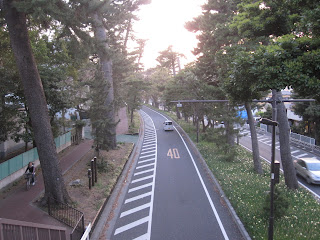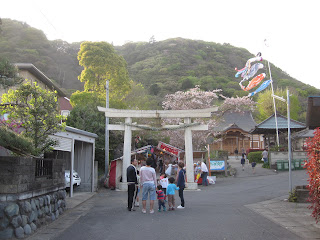I had early morning walks during my business travel in Shanghai.
I walked nearly 10 km each day. I visited Hongqiao Central Park and Soong Ching-Ling’s Mausoleum in the first day and Shanghai Zoo in the second day during my walks. All three places are in Hongqiao area, western part of Shanghai. They are also surrounded by tall buildings.
I found many people were playing Tai Chi and/or other exercises in the parks.
 Hongqiao Central Park was developed about 10 years ago. The park was green rich and clean. A press center was set here during the Shanghai Expo in 2010.
Hongqiao Central Park was developed about 10 years ago. The park was green rich and clean. A press center was set here during the Shanghai Expo in 2010.Many sculptures of historical figures are placed. They include Charlie Chaplin, Mahatma Gandhi, and Roger Federer.
Soong Ching-Ling was a wife of Sun Yat-sen, a figure regarded as a founding father of Republic China. She is also known as one of the famous three Soong sisters. She later became vice president of China.
She was buried in a cemetery, which is now turned into a public place. People were playing Tai Chi.
Shanghai zoo opens at 6:30 every morning. Many elder people come to the zoo as it is free for them.
Some of them were playing Tai Chi while others were playing badminton. I also saw people dancing (jazz dance) and walking along the walk path.
Animals and birds were awake.
There are popular animals such as giant pandas, tigers, monkeys.
Collection of goldfish was unique and impressive.

























